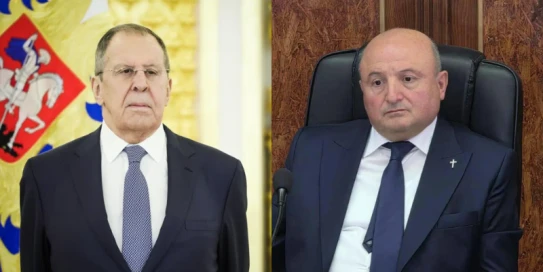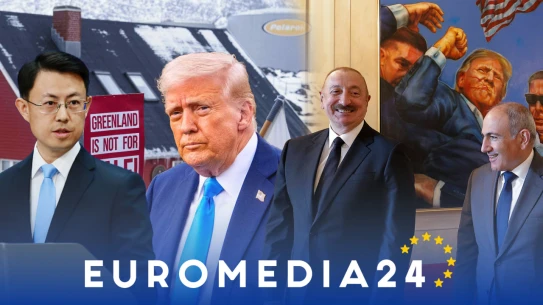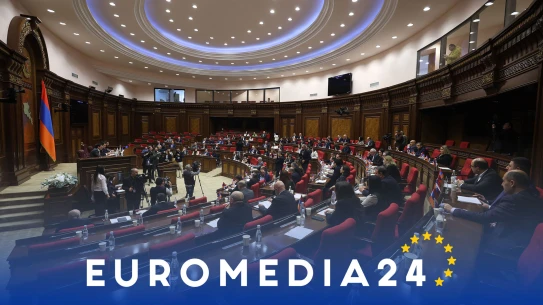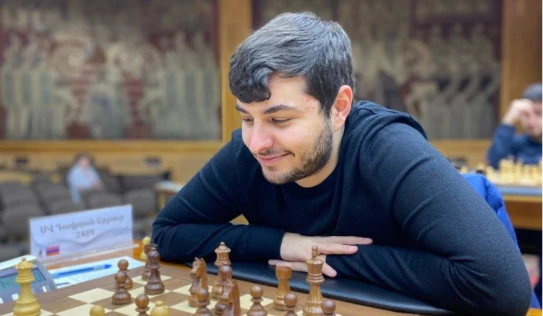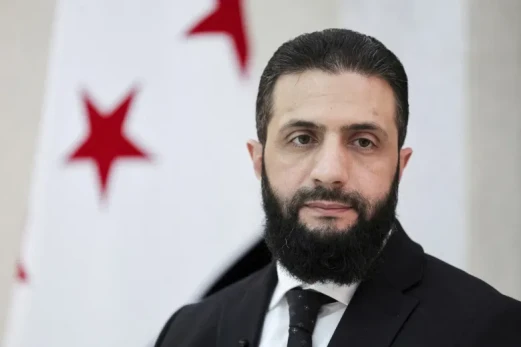US Navy aircraft carrier approached Iran (video)
402 drunk drivers were found. the results of the last week's patrol service (video)
The arrest of Gyumri Mayor Ghukasyan caused confusion and concern. Lavrov
There are 3 rounds left in the Armenian chess championships
Ronaldo beat "Juventus" in court
Transitional President of Syria al-Sharaa canceled his visit to Germany. Reuters:
The US Secretary of State highly appreciated Azerbaijan's fuel supplies to Armenia
News
Trump warned of an energy collapse in Europe
Robert Safaryan was sentenced to 25 years in prison
Another country will join the "Peace Council"
The situation around Greenland does not concern Russia. Putin
The Kremlin has promised to inform about possible contacts between Putin and US representatives
I have no desire to fly to Armenia. Dustin Poirier
Trump invited Putin to the "Peace Council"
The President of Finland has announced the creation of a "new NATO".
The Palestinian president arrived in Moscow
The statue of Cristiano Ronaldo was set on fire
The French-Armenian singer will perform in Yerevan
Missile impulse to Asia. North Korea is escalating the situation again
Trump remembered Armenia in Davos
Elon Musk has urged people not to use ChatGPT amid reports of suicides
The US will not be able to provide international protection without Greenland. Trump
Trump's plane landed in Zurich
Iran issued a stern warning
Orban: Russian gas supplies helped Hungary overcome the January cold
The Attorney General's Office is opposed to revealing the wiretapping of Reverend Nathan
Inter congratulated Henrikh Mkhitaryan on his birthday
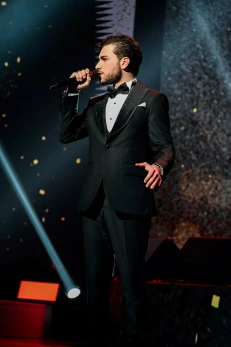
The French-Armenian singer will perform in Yerevan
French actress Brigitte Bardot died
The 12th century Armenian church door will be moved to the Armenian History Museum
In 2035, there may be clashes between humans and robots in Europe. Europol
The winner of Eurovision 2024 has refused the trophy because of Israel's participation
Scientists have discovered the chemical composition of small asteroids
A gene editing method has been developed to destroy HIV
Signals emitted by comet 3I/Atlas confirm its natural origin
A new life form has been discovered in Chernobyl
Revival of memory and culture. "The love story of Artsakh" returned to the stage (video)
The treasures of the depository-museum of St. Etchmiadzin Cathedral
People's Artist of Russia Vladimir Simonov died
It became known where the first people came from
Chimpanzees have been found to show signs of rational thinking
A terrifying bat signal has been detected in space
Scientists warn about the deadly danger of vaping
Scientists have discovered the secret to alleviating knee pain
Scientists have found out what the void of space is made of
Scientists have recorded the brightest black hole explosion in history
Two powerful flares were recorded on the Sun in one hour


















